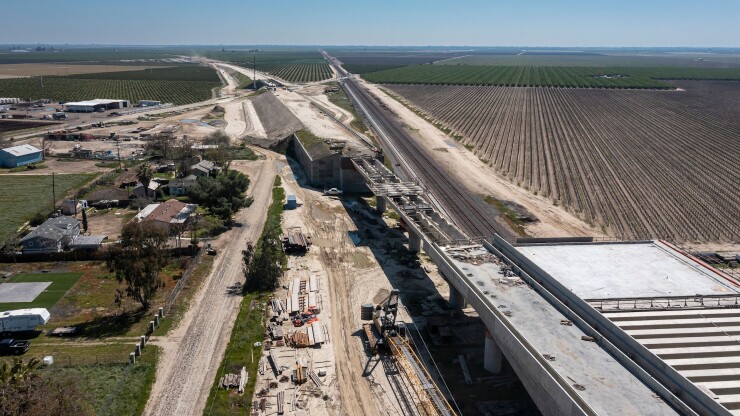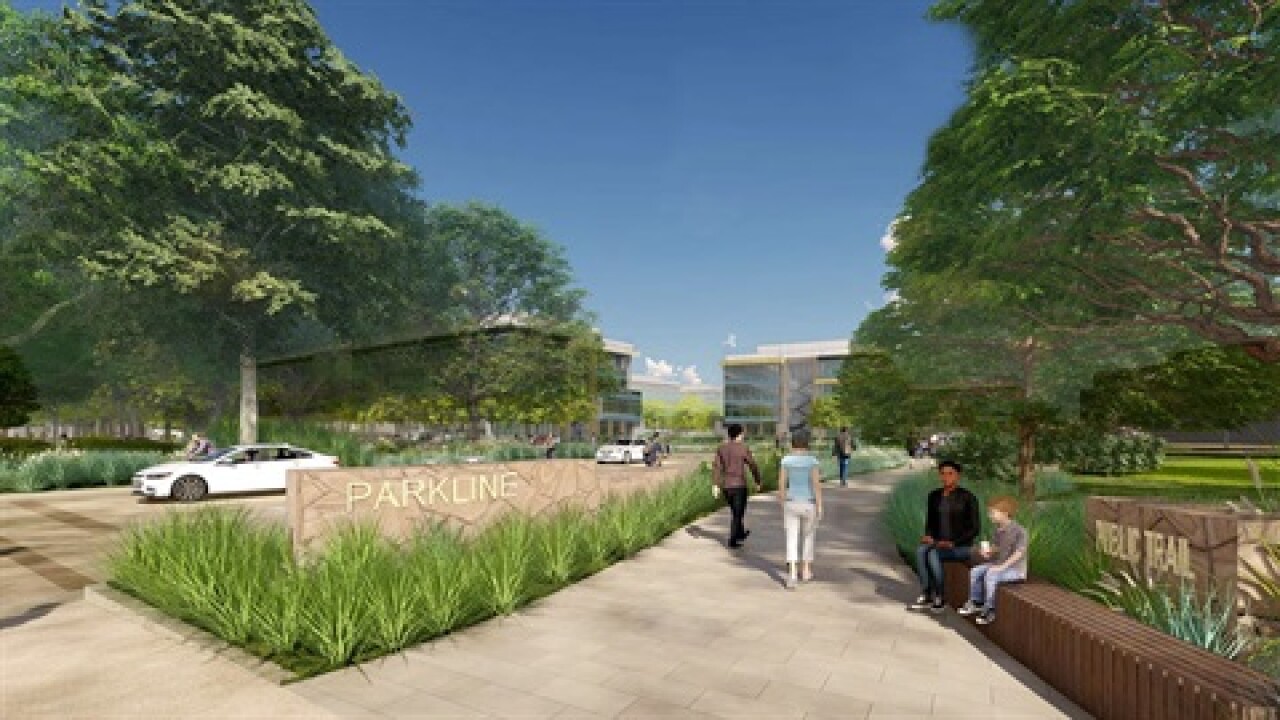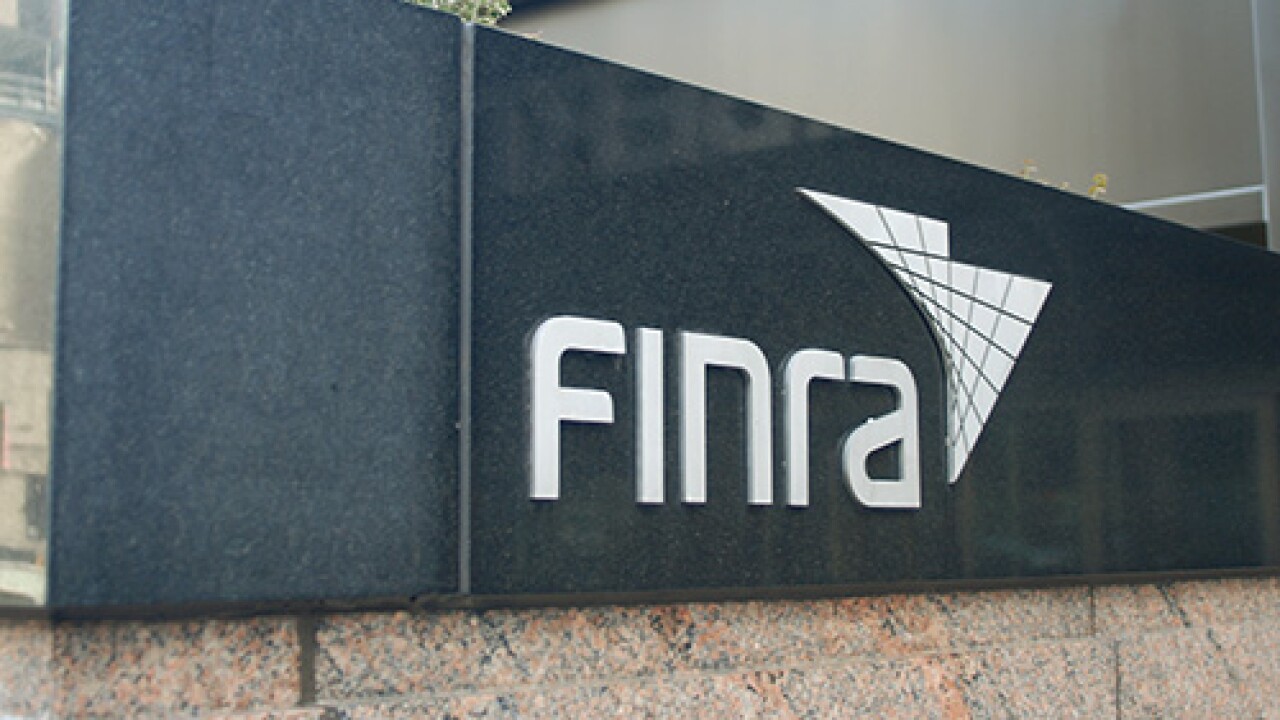
The California High-Speed Rail Authority released a
"I see a future by 2038 to 2039 when operations are already connecting the Central Valley to population centers and innovation hubs, offering new career opportunities, economic mobility, affordable housing and a cleaner environment," Ian Choudri, the authority's chief executive officer, said at a Monday press conference.
The project, originally expected to cost $33 billion in 2008, has seen estimates soar to between $89 billion and $128 billion.
Launched by a ballot measure in 2008, the project promises to connect the Los Angeles and San Francisco Bay regions with high-speed passenger trains.
California Gov. Gavin Newsom
Extending the line to Santa Clara and Los Angeles counties would make it profitable, earning $98.1 billion over four decades, the report said.
"When I joined the program seven months ago, I knew it was going to be tough and difficult decisions would need to be made," Choudri said. "I also knew it was do-able and I could find a path forward."
The report outlines four different alternatives to extend the line to Gilroy, where it would connect to the Caltrain commuter train line to reach San Francisco, and south to Palmdale, where it could connect to Metrolink to reach Los Angeles.
Each of the alternative routes would significantly increase the initial operating segment's price and delay the opening to 2038, exactly three decades since voters approved $9.95 billion in bonds through Proposition 1A to launch the project. The alternative bypassing Merced would have the Central Valley segment finished by 2032, a year early.
Choudri said his preferred option is to build a line from Gilroy in south Santa Clara County to Palmdale in northern Los Angeles County for $87 billion with a 2038 completion date.

The revised plan also relies on the state receiving
Rep. James Comer, R-Ky., chair of the House Oversight and Government Reform Committee said last week he was
The authority has
Newsom has
California Sen. Dave Cortese, D-Silicon Valley, has also proposed Senate
"There will be massive development potential along the 400-mile corridor," Cortese said at the press conference. The study will help guide the state "in examining opportunities for major residential and commercial development, so the project helps pay for itself."





